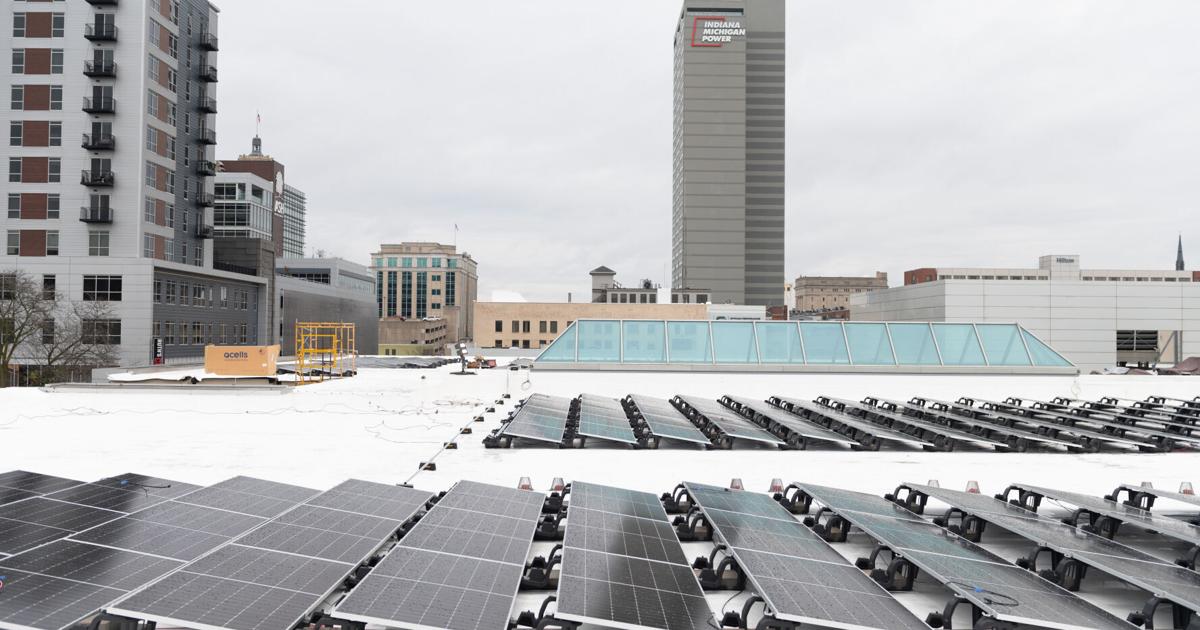Allen County had an opportunity to show it understands the future. Instead, its commissioners chose to have the most illogical and extreme solar setbacks in the state.
Last Wednesday, the commissioners rejected the Allen County Plan Commission’s proposed 500-foot setback for commercial solar installations and replaced it with a 1,000-foot mandate from both road centerlines and nonparticipating property lines. Commissioners said the 1,000-foot setback was meant to protect neighboring property owners and take a more cautious approach to where large solar projects can be built.
That decision, which takes effect on Nov. 7, doesn’t just ignore the plan commission’s research and public testimony but also puts Allen County out of step with the rest of the state.
Counties such as Hamilton, Elkhart, Lake and St. Joseph have solar setbacks that typically range from several dozen feet to a few hundred.
Indiana Code 8-1-42 sets default commercial solar setbacks of 50 feet from nonparticipating property lines and 250 feet from nonparticipating dwellings, with the option for landowners to waive those limits. So, Allen County has now placed itself as an extraordinary outlier by setting limits far beyond code.
A 1,000-foot mandate doesn’t protect farmland, because solar projects already avoid prime soil based on cost. It doesn’t keep industrial arrays out of neighborhoods because zoning already covers that. What it does is take huge swaths of otherwise viable land off the table and signal to solar developers that Allen County is not worth the trouble.
Looking ahead, shutting out solar and wind projects is the last thing Hoosiers need.
The Midcontinent Independent System Operator projects that Indiana will need to add thousands of megawatts of renewable generation over the next decade to replace aging coal plants and keep the grid stable. That won’t happen by magic. It will require counties willing to host responsible projects under reasonable guardrails. When leaders set arbitrary barriers that no other large county imposes, they look contrarian.
There’s also the hypocrisy of celebrating economic development on one hand while blocking it with the other. Solar projects bring tax revenue, construction jobs and land lease income, especially in rural areas where farmers and landowners are looking to diversify. A 1,000-foot setback guarantees most of those benefits will go elsewhere.
Hoosiers deserve leaders who plan for the energy system we will need, not the political moment they hope to survive. Standing apart from peer counties might score short-term points, but it won’t keep the lights on, lower utility bills or help Indiana compete.
The plan commission’s 500-foot standard was already more conservative than most counties require. Doubling it pushes Allen County out of alignment with state guidance and out of contention for clean-energy investment.
Rules about land use shouldn’t be used to score political points. We need policies that serve the collective future of our economy, our grid and our communities. Commissioners can correct the course. The question is whether they care more about tomorrow than today’s applause.
